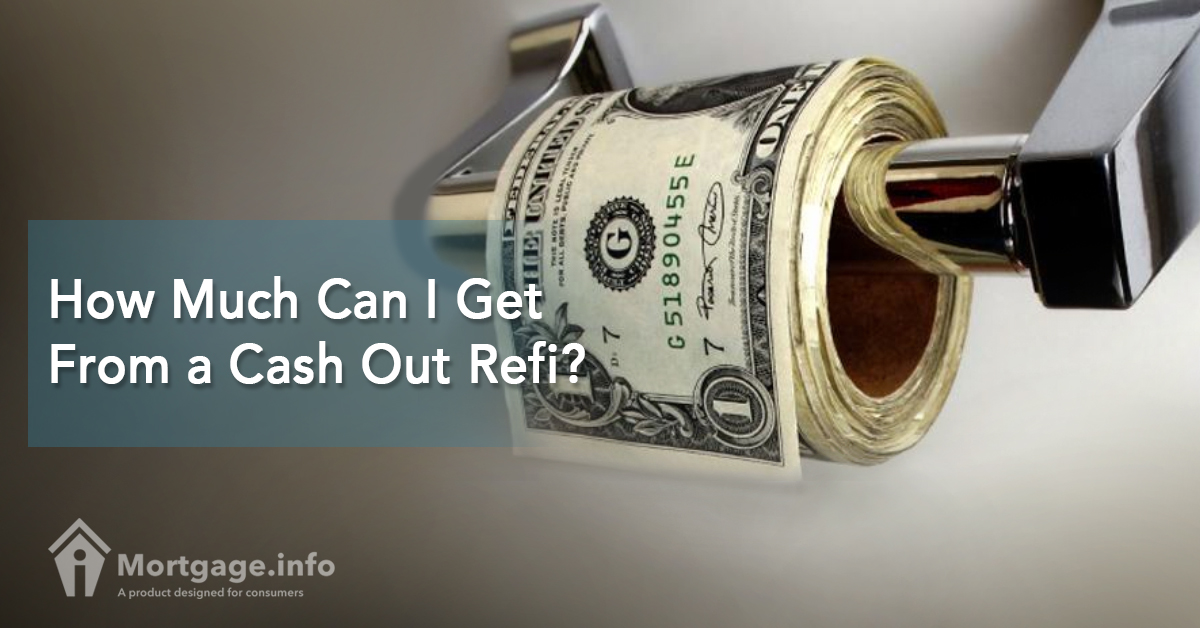Tapping into your home’s equity is a great solution for your immediate expense needs. Whether it is to pay for emergency medical bills, a vacation, or home improvement, today’s low interest rates could help you refinance to a cheaper mortgage, on top of taking home cash from your equity.
But how much of this equity can you actually take out?
Breaking Down Equity
Your home’s equity is the difference between how much your home costs in the current market, and your outstanding balance in your current mortgage.
Let’s say your house is appraised at $250,000 and you still have $100,000 left to pay on your mortgage. Taking out the difference between the two values ($250,000 – $100,000), that means you have an equity of $150,000 on your current home.
You can increase home equity via payments, or when market movements cause home prices to go up. This is usually the time when cash out refi applications increase.
The amount of equity you have on your home determines whether you are eligible for a cash out refi or not. The higher the equity you have, the more likely you are to get the loan you need.
Equity and LTV
Your equity allows your lender to determine your Loan-to-Value (LTV) ratio. This is another important variable that is used to determine your eligibility for a loan.
To calculate your LTV, you simply divide your current mortgage balance by the appraised value of your home. Taking the previous example, if you still have $100,000 on your current mortgage payments and your home is valued at $250,000 in the market, your LTV would be:
$100,000 / $250,000 = 0.40
Convert the resulting value (0.40) to percentage and you get 40 percent. This is your LTV.
Unlike your equity value, the lower your LTV, the better. Typically, lenders would ideally require borrowers to have a maximum LTV of 70 to 80 percent, but there are those who still approve applications from borrowers carrying LTVs as high as 85 percent, in exchange for higher interest rates.
How much can I take out?
In the good old days, lenders lend 100 percent of the property’s values but this stopped after the crisis, when lenders learned their lessons the hard way. Today, the usual cap to the amount you can borrow is at 80 percent of the home’s value.
In this case, if you have:
- a home that costs $250,000 on the market; and
- a mortgage balance of $150,000
you will be able to take out $50,000 as cash
: 80% of $250,000 = $200,000
: $200,000 – $150,000 (your mortgage balance) = $50,000
Getting a cash out refi might be a bit difficult because of more stringent qualifying guidelines, but if you are well-prepared for it, you should not have any problem.
Prepare the necessary bank statements, income documents, tax records, check your credit profile, and do not take any other risky financial move during the process.
It is possible to refinancewith another lender if you determined that they have better terms than your current lender.
Other Options
A cash out refi is not the only way to tap into your home’s equity. You can also opt for:
- A Standard Second Mortgage.Just like a standard purchase loan, a standard second mortgage secures the mortgage against your home and grants you access to your equity by providing you a lump sum of money for whatever purpose you see fit. These types of loans generally have higher interests as they are considered more risky than a first mortgage.
- A Home Equity Line of Credit (HELOC).Unlike a standard second mortgage where you are given a lump sum at closing, your lender will give you a checkbook or a debit card which you can use to draw your funds from. You are given a limit and can continue borrowing until you reach the ceiling amount.
Today’s low rates could be the perfect timing you need to push through that refi. But like any other important financial decision, see to it that its benefits outweigh the risk. Be honest with your finances, and take cautionary measures in selecting the right people to work with.
Start your search with us. We can match you with the best experts right here.

